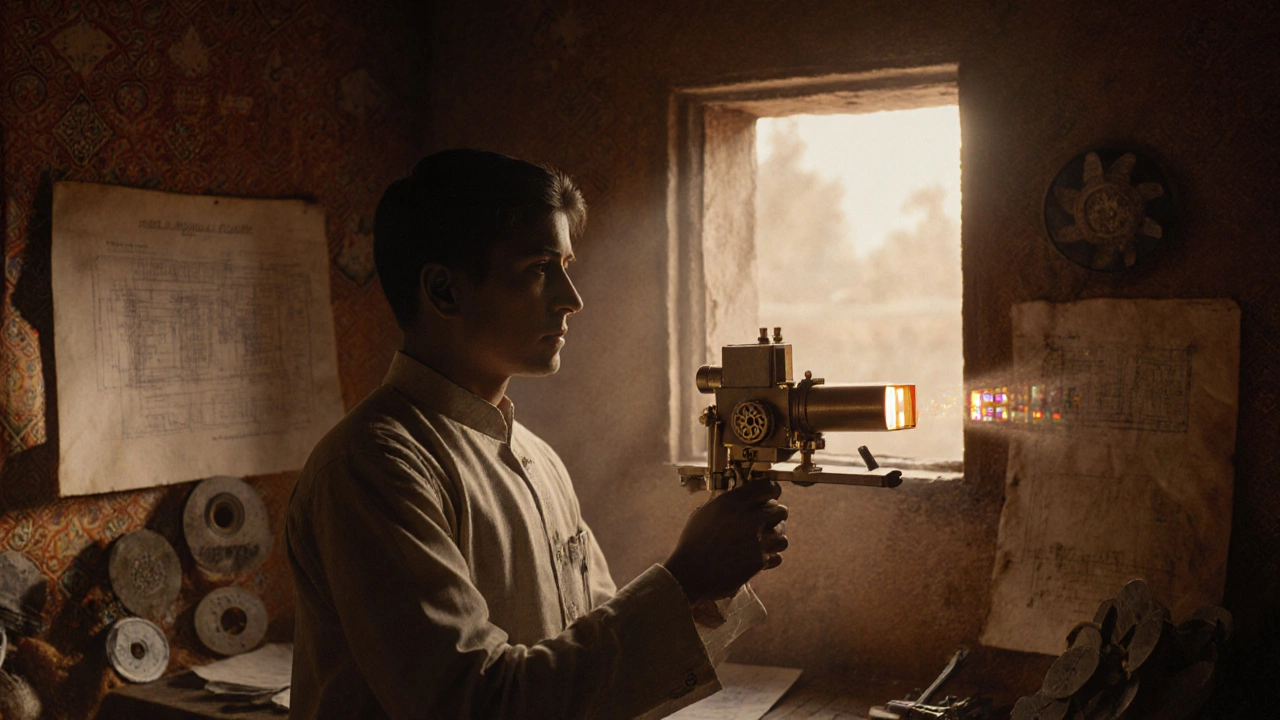
When you hear the phrase father of Indian cinema, a single name instantly lights up the story of India’s film world: Dadasaheb Phalke is the visionary who launched the nation’s movie‑making journey with his 1913 silent epic “Raja Harishchandra.” But why does this early 20th‑century inventor still get the credit after more than a century of Bollywood blockbusters and regional masterpieces? Let’s walk through his life, his groundbreaking work, and the ripple effect that still shapes Indian screens today.
Early Life and the Spark That Ignited a Dream
Born as Dhundiraj Govind Phalke on April 30, 1870, in Tryambakeshwar, Maharashtra, Phalke grew up in a modest Brahmin family. He earned a degree in engineering from Sir J. J. School of Art’s Photography Department and later worked as a photographer for the British government. While snapping portraits, he started experimenting with a tiny hand‑cranked motion picture camera he bought from a European supplier. The moment he saw a few seconds of moving pictures, he knew the medium could tell Indian stories on a scale never imagined before.
Why “Raja Harishchandra” Became a Milestone
In 1913, Phalke released Raja Harishchandra - a silent, black‑and‑white drama based on a beloved myth about a king’s honesty. The film ran for 14 minutes per reel, totaling about 3,500 feet of film stock, and featured a cast of non‑professional actors, including his wife Durgabai Kamat, who became India’s first female film actress. The movie’s success proved that Indian audiences would flock to stories drawn from their own culture, not just imported Western spectacles.
Phalke’s Toolbox: Innovations That Set the Standard
- Custom‑built cameras and lenses - he assembled a makeshift studio in his Mumbai bungalow, turning a regular house into a film factory.
- Special effects - using double exposure, miniatures, and painted backdrops, Phalke created magical scenes that still amazed viewers in the 1910s.
- Music integration - though silent, he hired live musicians to accompany screenings, establishing the tradition of elaborate musical scores that live on in Bollywood today.
These tricks became the foundation of Indian filmmaking craft. Even modern directors credit Phalke’s resourcefulness when working on low‑budget projects.
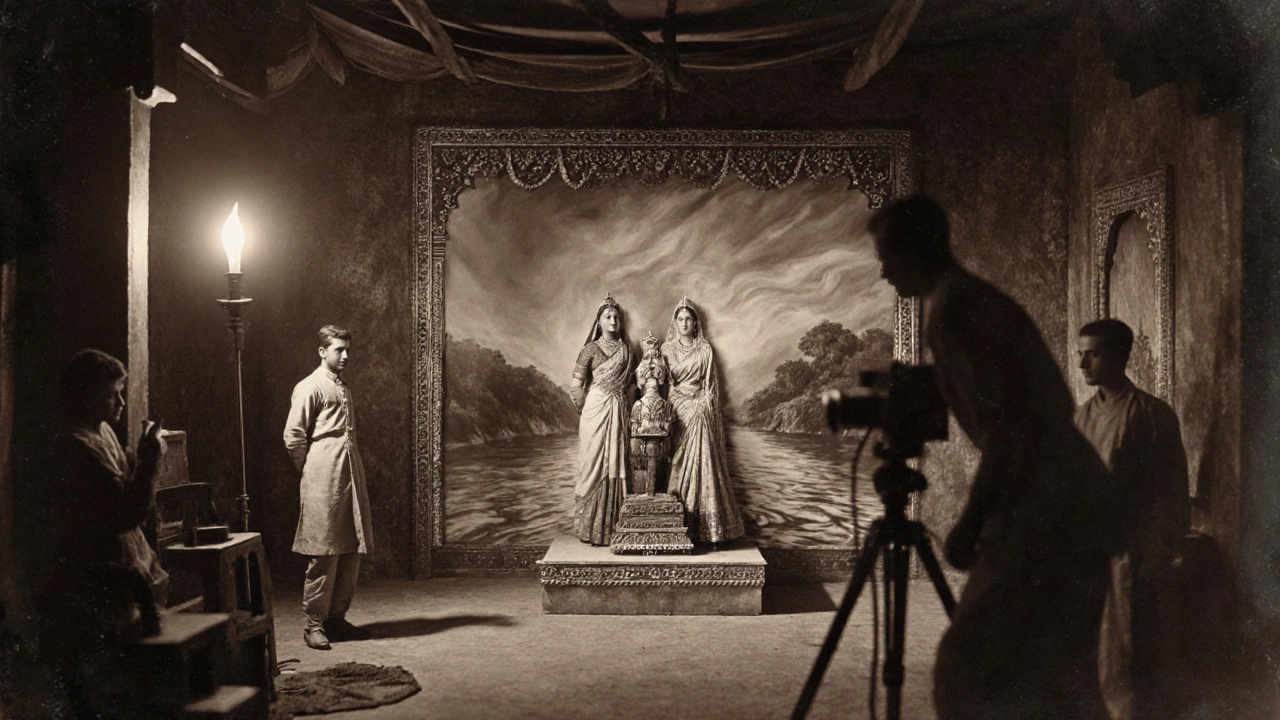
The Rise of Phalke’s Film Company and the Early Industry
After the triumph of “Raja Harishchandra,” Phalke founded Phalke’s Film Company in 1913, the first Indian-owned production house. Over the next decade, he churned out more than 95 films, ranging from mythological epics like “Satyavan Savitri” (1914) to social dramas such as “Setubandhan” (1915). By 1920, the silent era in India boasted a network of regional studios, many of which cited Phalke’s methods as the blueprint.
Other Pioneers Who Followed the Trail
Phalke wasn’t the only early filmmaker, but his influence helped shape their work. Two notable contemporaries are:
- Raghupathi Venkaiah Naidu - often called the "father of Telugu cinema" for establishing the first film exhibition house in Chennai in 1909 and producing silent films shortly after Phalke’s debut.
- Homi Master - a Parsi‑origin director who introduced the first Indian comedy short, blending Phalke’s mythic storytelling with humor.
| Filmmaker | Key Contribution | First Major Film | Legacy Focus |
|---|---|---|---|
| Dadasaheb Phalke | Founded India’s first production house; pioneered special effects | Raja Harishchandra (1913) | Mythology & technical innovation |
| Raghupathi Venkaiah Naidu | Established first Indian cinema exhibition; introduced talkies in South | Bhishma Pratigna (1921) | Regional studios and distribution |
| Homi Master | Created India’s first comedy short; blended theater with film | Gul-e-Bakawli (1920) | Genre diversification |
Phalke’s Impact on Modern Bollywood and Regional Cinema
Even after the silent era ended in the early 1930s, Phalke’s principles survived:
- Storytelling rooted in Indian mythology. Today’s blockbusters like “Baahubali” or “Tanhaji” echo the epic scale Phalke first attempted.
- Technical ingenuity. Low‑budget filmmakers still repurpose everyday items for camera rigs, a mindset directly inherited from Phalke’s hands‑on approach.
- Music as a narrative engine. The tradition of live musical accompaniment evolved into elaborate song‑and‑dance sequences that define Bollywood’s global brand.
Film schools across India, from FTII Pune to NSD Delhi, begin their curricula by studying Phalke’s techniques, underscoring his educational legacy.
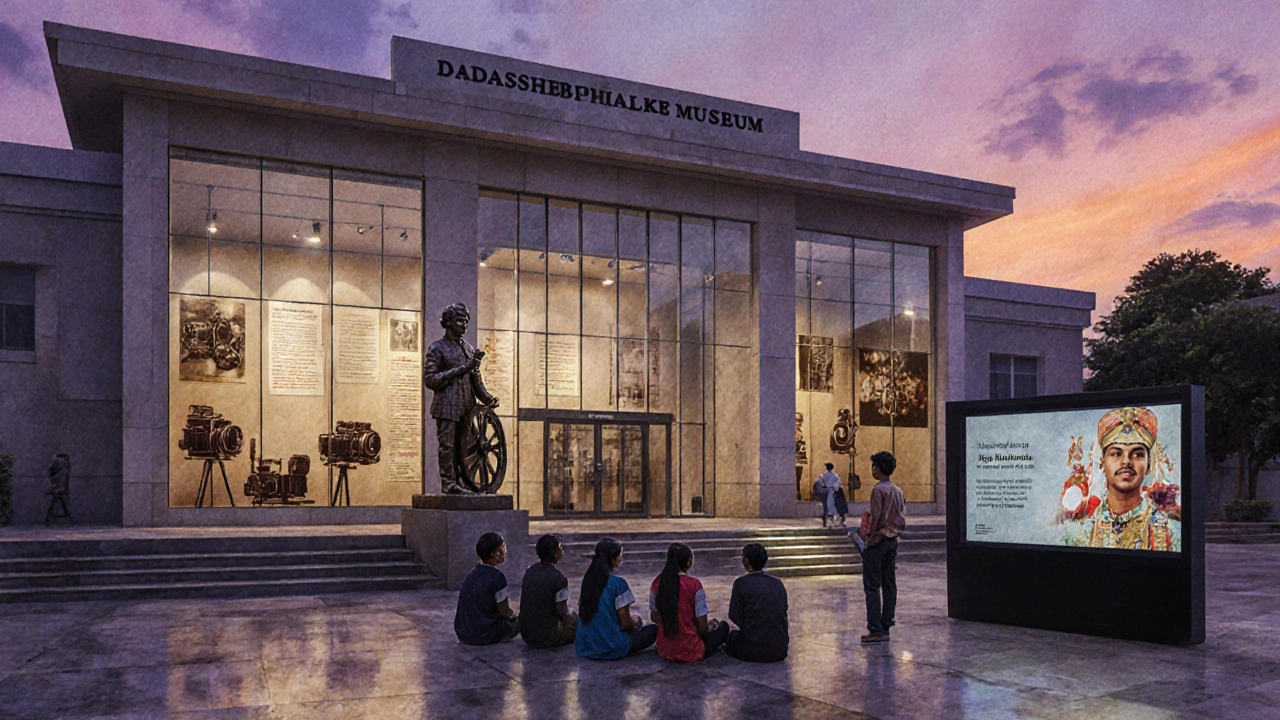
Honors, Memorials, and How India Remembers Him Today
Phalke’s name lives on in several ways:
- The Dadasaheb Phalke Award - India’s highest honor for lifetime achievement in cinema, presented annually at the National Film Awards ceremony.
- Phalke Museum in Mumbai, opened in 1970, showcases original cameras, scripts, and personal letters.
- Every March, film societies across the country host “Phalke Day” screenings of restored silent classics.
These tributes keep his pioneering spirit visible to new generations of cinephiles.
Quick Checklist: What Makes Dadasaheb Phalke the Father of Indian Films?
- First Indian‑made feature film (“Raja Harishchandra”, 1913)
- Founded the first Indian production studio
- Introduced special effects, set design, and live musical scores
- Mentored early talent, including India’s first female actress
- Legacy celebrated through the nation’s top film award
Frequently Asked Questions
Why is Dadasaheb Phalke called the father of Indian cinema?
Phalke created India’s first full‑length feature film, built the country’s first studio, and introduced many filmmaking techniques that became standard. His 1913 epic “Raja Harishchandra” marked the birth of a uniquely Indian film industry.
What was the first Indian film released by Phalke?
The inaugural film was “Raja Harishchandra,” a silent mythological drama released in 1913.
Did Phalke work alone or have a team?
He assembled a small crew of photographers, set designers, and actors - including his wife Durgabai Kamat - and often performed multiple roles himself, from camera operation to editing.
How many films did Phalke make in his career?
Records show he directed and produced roughly 95 silent films between 1913 and 1931, covering mythology, social issues, and historical epics.
Is the Dadasaheb Phalke Award only for directors?
No. The award honors lifetime achievement across all film crafts - acting, music, cinematography, editing, and directing.
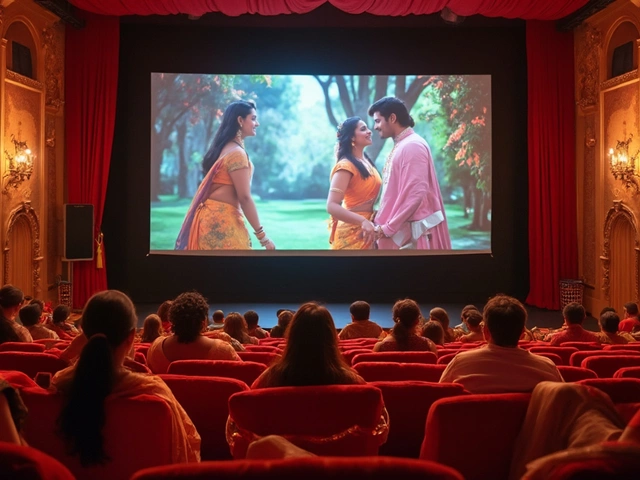
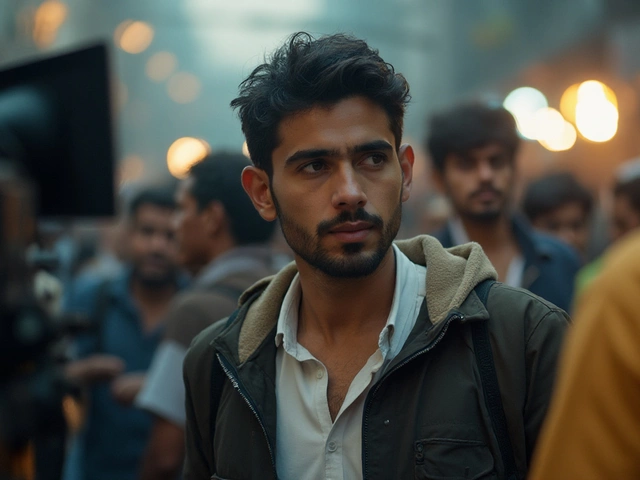
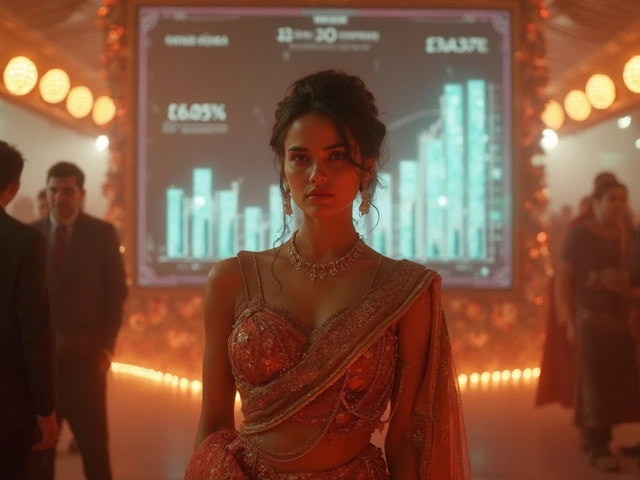
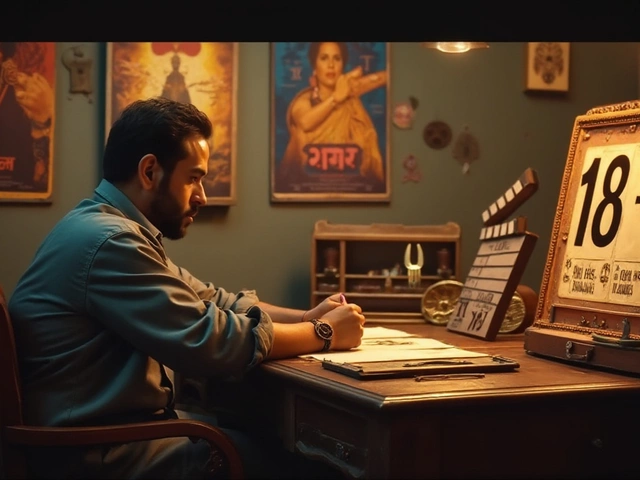
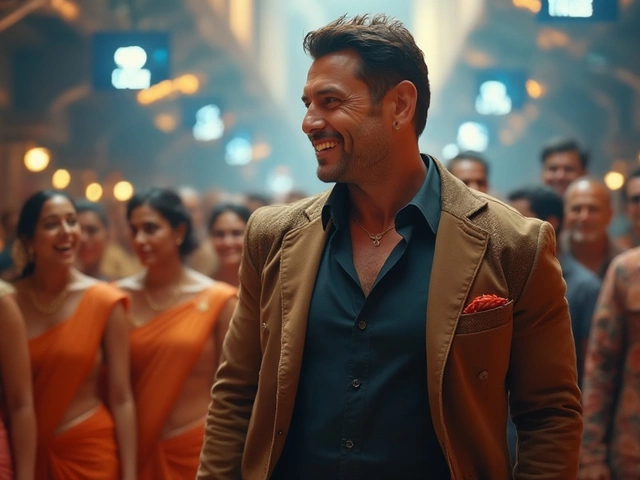
Write a comment